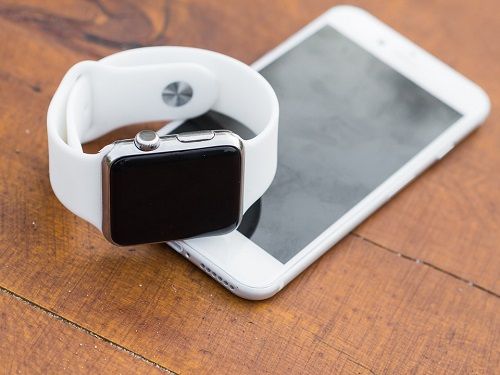How Wearables are Changing the Landscape for Mobile Application Development
Posted on August 24th, 2018
Can you guess the number of smartphone users across the world? Well, it’s over 1 billion. Also, you will be surprised to learn that 179 billion mobile applications get downloaded every year. With this, you can fathom why mobile app development is the most trending and growing focus for the software industry.
The Rise of Wearables in Mobile App Development
As an emerging focus for companies across sectors, we are witnessing a surge in the creation of mobile-friendly websites as well as applications through mobile application developers. However, this trend doesn’t stop here. As a next step, the wearable devices are now in-trend with companies offering new ways and means to interact with their users. However, we think of wearable devices, we think of Apple Watch, Wear OS, and more. Though there are other devices beyond a watch, include Hololens from Microsoft, which allows users to interact with holograms and virtual content.
The scope of these devices is surging, and we won’t be surprised if we witness the application of this technology in developing devices beyond smartwatches, like smart shoes, headgears, spectacles and more. You may be amazed to learn that these gadgets can communicate and relay the information seamlessly via mobile apps.

The Future of Mobile App Development
This landscape in mobile technology is going to change the dynamics of mobile app development services. Also, IoT (Internet of Things) with the examples stated above will empower the wearable devices to serve as a remote control mechanism for other gadgets.
The most significant changes that mobile application development would witness include:
- The Ergonomic: The interface of the devices must have ‘just the right’ information required for display to its target users. It also includes the way wearable devices receive notifications – which would be very concise.
- Change in Screen Size: It is one of the critical areas mobile app developers need to watch out. The revision in screen size could lead to a more user-friendly interface.
- More Responsive: The responsive mechanism of the apps make them more interactive, and therefore the mobile application development company must include this facet to their list of priorities. The users don’t appreciate slow working apps, and hence they must be developed by adopting better computing abilities.
- Doesn’t Consume much of Battery Power: For creating a compelling app for wearable devices, one must consider the battery consumption pattern as the users would expect them to work for the most extended period after charging.
- Highly Interactive: Nothing would be great than having apps for wearables responding to a voice command or through hand gestures. It can serve as a game-changer especially in the mobile app development arena.
Furthermore, there is no denying to the fact that the technologies like artificial intelligence, cloud, augmented reality, and IoT will play a significant role in changing the mobile application development landscape altogether.